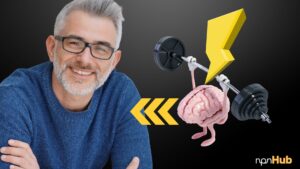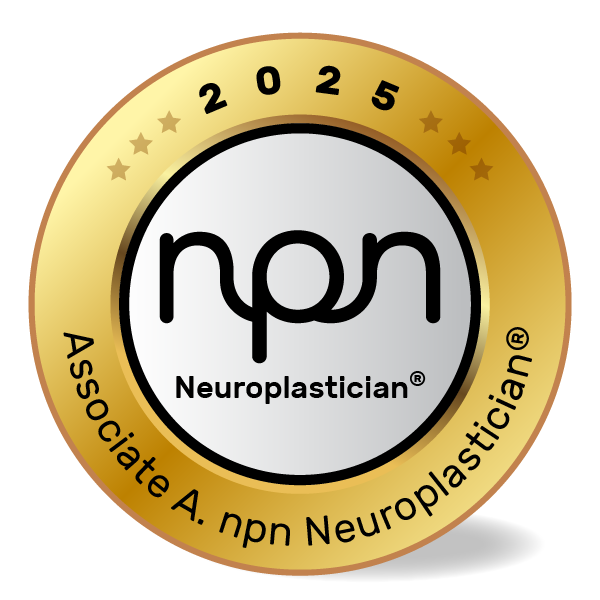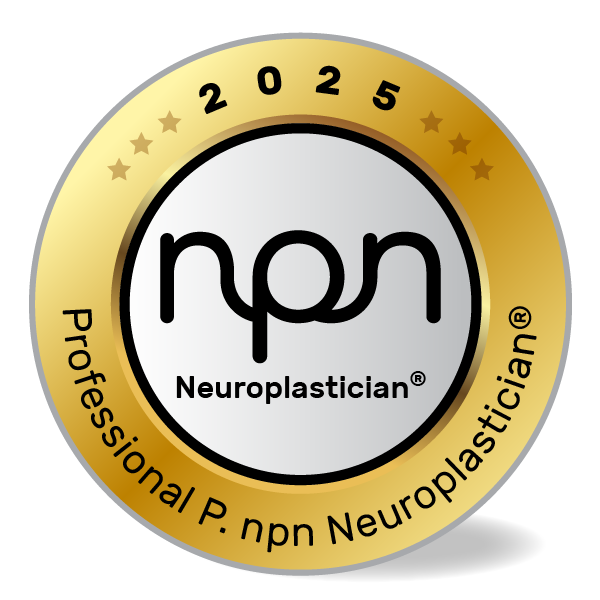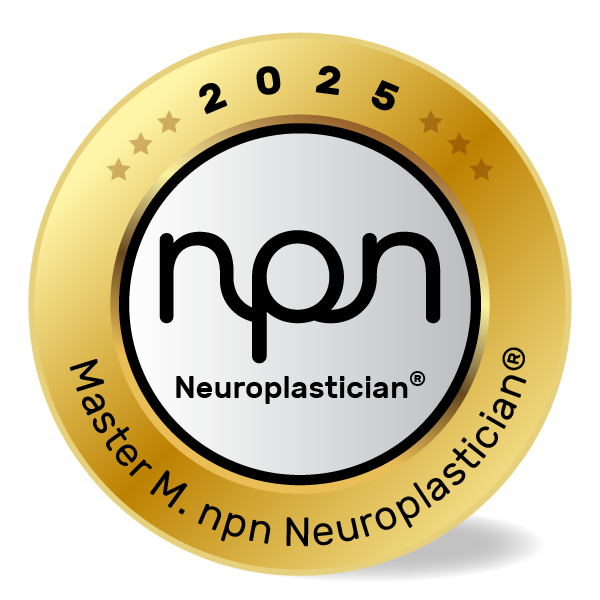How Brain-Computer Interfaces Are Bringing Thought and Machine Closer Than Ever
npnHub Editorial Member: Greg Pitcher curated this blog
Key Points
- Brain-computer interfaces (BCIs) are advancing rapidly, enabling direct communication between the brain and external devices.
- Recent AI-driven breakthroughs have improved decoding of neural signals, moving closer to real-time mind-reading applications.
- Understanding brain signal processing, neural decoding, and AI integration is crucial for neuroscience practitioners and well-being professionals.
- Ethical and practical challenges remain central as mind-reading technologies develop.
- Leveraging these innovations could transform neurorehabilitation, communication for disabled individuals, and cognitive enhancement.
1. What is Brain-Computer Interface (BCI) Mind-Reading?
Picture a neuroscientist coaching a patient who has lost the ability to speak. Instead of relying on hand gestures or limited eye movements, they use a headset that translates the patient’s brain activity into words on a screen. This story isn’t science fiction but a glimpse into how brain-computer interfaces (BCIs) can enable us to “read” thoughts and communicate directly with machines.
BCI technology connects the brain to external devices, interpreting neural signals to control computers, prosthetics, or other tools. The idea of AI “reading minds” refers to advanced decoding of these brain signals, enabling machines to infer intentions, commands, or even complex thoughts.
The field has roots in pioneering research from scientists like José del R. Millán, whose work at EPFL in Switzerland advanced non-invasive brain interfaces for communication and control. Studies using neural decoding and machine learning models have shown that AI can reconstruct speech or imagined movements from brain activity with increasing accuracy (Nature Neuroscience, 2023) .
2. The Neuroscience of AI-Powered Brain Signal Decoding
Imagine a cognitive coach working with a client who struggles to focus. The coach uses an AI-powered EEG headset to monitor the client’s brain waves and adjust coaching strategies in real time. The coach isn’t “reading their mind” literally but interpreting complex neural patterns that reflect attention states.
From a neuroscience perspective, BCIs rely on decoding electrical activity generated by neurons, recorded via EEG, fMRI, or implanted electrodes. These signals represent underlying cognitive states – like movement intention, sensory perception, or language processing.
Recent advances integrate AI algorithms to process massive neural datasets, identifying patterns linked to specific thoughts or intentions. Brain areas like the motor cortex, prefrontal cortex, and auditory cortex play key roles, depending on the task. Neurotransmitter activity, particularly dopamine, influences signal patterns related to motivation and attention.
Researchers like Dr. Krishna Shenoy at Stanford University have demonstrated real-time neural decoding for robotic arm control, illustrating how brain regions and AI models interact to translate thought into action (Source).
3. What Neuroscience Practitioners and Well-being Professionals Should Know About AI Mind-Reading
In practice, a neurocoach working with stroke patients might use BCI to retrain neural pathways and restore motor function. However, they must balance enthusiasm with realism about the technology’s limits.
The brain’s signals are noisy and variable; AI must sift through this complexity without oversimplifying. Misinterpretations can lead to false feedback or frustration. Also, privacy concerns about “mind reading” arise frequently in clinical and coaching settings.
Some common questions practitioners encounter include:
- How accurate and reliable are AI-driven BCIs in real-world environments?
- What ethical safeguards protect client brain data from misuse?
- Can neurofeedback via BCI support lasting neuroplastic changes?
Emerging research from MIT’s Media Lab and University College London offers promising but cautious insights into these questions.
4. How AI Mind-Reading Affects Neuroplasticity
When clients use BCI systems regularly, the brain adapts to the feedback loop between intention and device response. This interaction leverages neuroplasticity – the brain’s ability to reorganize itself with experience.
For example, studies show that motor cortex areas strengthen connections as stroke patients use BCI-controlled prosthetics, enhancing motor recovery (Frontiers in Neuroscience, 2022) . Similarly, neurofeedback training targeting attention networks can reshape prefrontal connectivity, improving focus and executive function.
AI algorithms also optimize this plasticity by tailoring feedback to the individual’s neural patterns, accelerating learning and adaptation. This creates a dynamic brain-machine partnership where both evolve together.
5. Neuroscience-Backed Interventions to Improve AI Brain-Computer Interaction
Effective interventions are essential to maximize the benefits of AI-driven BCIs in clinical and coaching settings.
1. Personalized Neural Calibration
Concept: AI models need individualized calibration to accurately decode unique brain patterns (Harvard Medical School).
Example: A clinician works with a client to record baseline neural activity during specific tasks before deploying the BCI device.
Intervention:
- Conduct initial multi-session brain mapping.
- Use adaptive AI algorithms to update models based on client progress.
- Integrate feedback sessions to refine neural decoding continuously.
2. Cognitive Load Management
Concept: Excessive mental effort can degrade BCI performance due to neural fatigue (Yale Neuroscience).
Example: A coach structures short, frequent BCI training sessions rather than prolonged use.
Intervention:
- Monitor client fatigue via EEG markers.
- Schedule breaks and mindfulness exercises.
- Gradually increase session complexity.
3. Ethical Brain Data Handling
Concept: Protecting neural data privacy is critical to maintain trust (Stanford Center for Biomedical Ethics).
Example: A clinic implements encrypted storage and client-controlled data sharing policies.
Intervention:
- Educate clients about data rights.
- Apply transparent consent protocols.
- Use secure, anonymized data management systems.
4. Multimodal Feedback Integration
Concept: Combining visual, auditory, and tactile feedback enhances learning and neuroplasticity (Source).
Example: A rehabilitation specialist pairs BCI control with virtual reality immersion.
Intervention:
- Design multisensory feedback environments.
- Tailor feedback to client sensory preferences.
- Incorporate real-time performance metrics.
6. Key Takeaways
AI-enhanced brain-computer interfaces are rapidly transforming the potential for machines to interpret and respond to human thoughts. This leap is grounded in detailed understanding of neural signals and neuroplasticity, paired with powerful AI algorithms.
For neuroscience practitioners, coaches, and healthcare professionals, embracing this technology means blending rigorous science with ethical sensitivity and practical application. While mind-reading remains a complex challenge, the advances today offer transformative tools for communication, rehabilitation, and cognitive enhancement.
- AI-driven BCIs decode neural activity with increasing precision.
- Neuroplasticity underpins successful brain-machine interaction.
- Personalized, ethical interventions optimize outcomes.
- Future breakthroughs depend on interdisciplinary collaboration.
The brain and AI are not separate entities but partners shaping the future of human potential.
7. References
- Anumanchipalli, G. K., Chartier, J., & Chang, E. F. (2019). Speech synthesis from neural decoding of spoken sentences. Nature Neuroscience.https://www.nature.com/articles/s41586-019-1119-1
- Shenoy, K. V., & Carmena, J. M. (2014). Combining decoder design and neural adaptation in brain-machine interfaces. Neuron.https://www.sciencedirect.com/science/article/pii/S0896627314007399
- Cervera, M. A., Soekadar, S. R., Ushiba, J., Millán, J. D. R., Liu, M., Birbaumer, N., & Ramos-Murguialday, A. (2022). Brain-computer interfaces for post-stroke motor rehabilitation: a meta-analysis. Frontiers in Neuroscience.https://pmc.ncbi.nlm.nih.gov/articles/PMC5945970/















